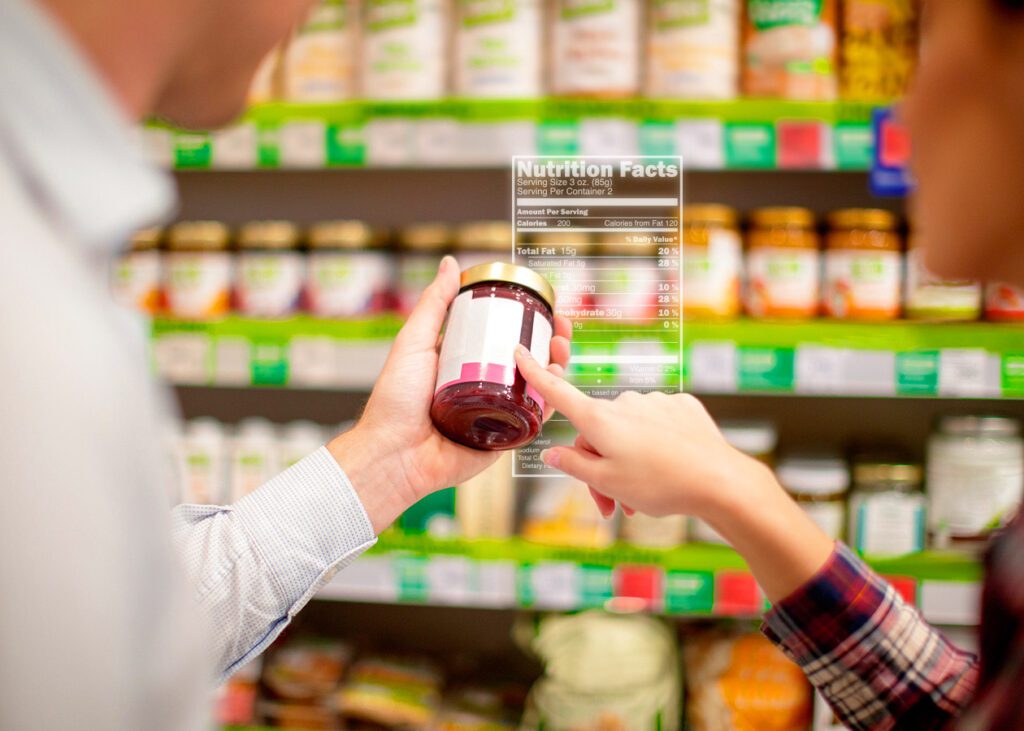Millennials aren’t the only consumer type looking for healthier options in the grocery store, Gen X and Baby Boomers are also transitioning their diets to be more health centered. In fact, according to Fona International, Baby Boomers are twice more likely than Millennials to prioritize product labels that provide easy-to-understand nutritional information. With consumers demanding more nutritious products and easy-to-read labels, better-for-you food brands are converting more and more customers to their product lines.

WHAT IMPACT DOES THIS HAVE ON THE INDUSTRY?
Shoppers are losing their unhealthy food habits at a fast rate and the average consumer is now looking to incorporate more clean, wholesome foods into their diet. According to a survey by the American Heart Association and the International Food Information Council Foundation, 43 percent of consumers always look for healthy options and another 52 percent sometimes do when grocery shopping.
Due to this, many CPG brands are adopting new methods to better cater to this growing audience. For example, in 2016 Hershey took note of this health trend and decided to expand its product line into nutrition-savvy snack packs. The brand wanted to redefine their identity in order to be viewed as more than just a candy brand. They introduced a whole portfolio of healthier products including some fan favorites, like SkinnyPop popcorn and BROOKSIDE Chocolates.
Hershey isn’t the only traditional consumer brand reinventing themselves to include more clean-eating options. Early on, Ben & Jerry’s observed the low-fat and diary-free trends within the frozen dessert category and introduced their “Moo-Phoria” light ice creams and non-dairy pints. Ice cream brands like Ben & Jerry’s and Haagen Daaz had to adapt after being beaten out by Halo Top Creamery in 2017 for best-selling pint of ice cream in America.
COMPETITION ON THE RISE
The level of demand for cleaner food products will only continue to increase with American consumers shifting more towards natural lifestyles. Future brands will continue to emerge and gain popularity among consumers, like Halo Top did. In order to stay competitive, traditional brands will have to introduce more less processed and better-for-you products within their distribution line. Two ways companies are achieving this is by buying out popular healthy brands or evolving their own products and ingredients to stay on the cutting edge.
Another route many traditional or “empty calorie” foods are taking is the “free from” marketing technique. Instead of evolving their products, brands highlight “bad” ingredients they don’t use to shift the consumers mindset on the product. For example, many juice brands highlight “no processed sugars added” on their packaging to point out that the only sugars in the drink are naturally occurring fruit sugars. This, in turn, causes more consumers to view their juice as a healthier option over those not making that claim.
Several companies are making these adjustments to position their products for success in the marketplace. In order to stay competitive, it’s imperative to continually research consumer trends and make changes when needed to stay relevant and profitable.
To make sure your brand excels within the better-for-you community, speak with our experts today.


